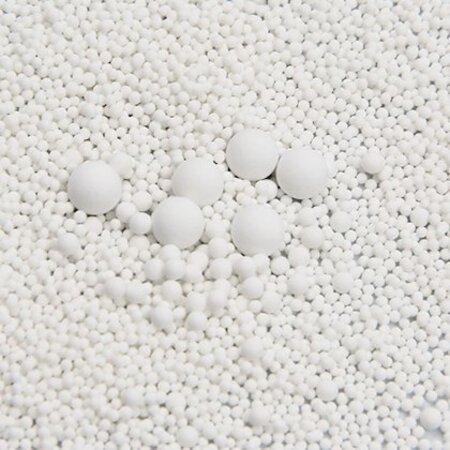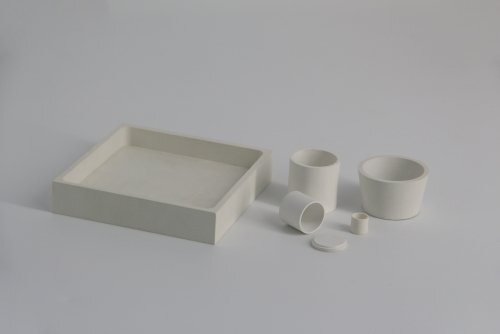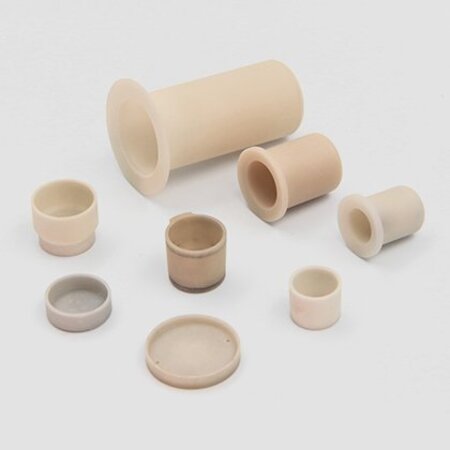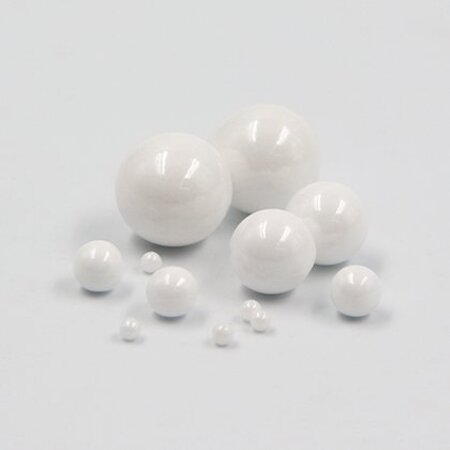Boost Mining Efficiency with 95% Alumina Ceramic Grinding Balls
In mining and mineral processing, every ounce of yield counts, and nothing can cloud the purity of the end product. 95% Alumina Ceramic Grinding Balls have quickly proved their worth by outperforming steel media across the board. With these ceramic spheres, sites see far less contamination, lower wear-related costs, and noticeably faster grinding, turning a good operation into a great one.
Why Mining Needs Superior Grinding Media
Mining operations face critical challenges:
Iron contamination from steel balls altering mineral chemistry.
Rapid wear of media driving up costs.
Energy-intensive grinding processes.
Strict purity requirements for high-value minerals.
95% Alumina Ceramic Grinding Balls solve these issues with their engineered properties.

Key Advantages in Mining Applications
Zero Metallic Contamination
Because these ceramic grinding balls are iron-free, they leave the purity of non-ferrous metals-everything from gold to copper-intact while also stopping unsightly stains in industrial minerals, such as kaolin or quartz.
Unmatched Wear Resistance
Sitting at over nine on the Mohs scale and weighing more than 3.6 g/cm³, 95-percent alumina balls outlast steel by eight to fifteen times, which means less screen-time for replacing media and a smaller total cost.
Higher Grinding Efficiency
Their extra weight transfers more kinetic energy with every hit, speeding up particle-size reduction and slashing power use by as much as thirty percent.
Corrosion Resistance
The balls shrug off the acidic and alkaline slurries found in wet milling, so they stay intact long after metal media would have corroded away.
Primary Applications in Mining & Minerals
Non-Metallic Minerals:
Projects that demand brightness and purity, including kaolin, quartz, feldspar, and zircon sand. Also calcium carbonate, both GCC and PCC, used in papers, plastics, and paints.
Metal Ores:
Precious metals (gold/silver) flotation concentrates.
Copper, lead-zinc, and lithium ores requiring contamination-free grinding.
Industrial Minerals:
Talc, barite, graphite, and rare earth elements (REEs).
Technical Superiority Over Alternatives
Property 95% Alumina Ceramic Balls Steel Balls
Hardness (Mohs) 9+ 5–6
Density (g/cm³) 3.6–3.8 7.8
Iron Contamination None High
Corrosion Resistance Excellent Poor
Lifespan 8–15x longer Standard
Case Study: Kaolin Processing
A U.S. kaolin producer switched to 95% Alumina Ceramic Grinding Balls and achieved:
90% reduction in iron oxide contamination.
40% lower media consumption costs.
Brighter, higher-grade products commanding premium prices.
Choosing the Right Partner
INLABS’ ceramic grinding balls undergo strict quality control to ensure:
Consistent size (±0.5mm tolerance).
High compressive strength (>850 MPa).
Low wear rate (<0.1% per 100 hours).
RoHS-compliant materials.
For mining and mineral processors, 95% Alumina Ceramic Grinding Balls aren’t just an upgrade – they’re a strategic investment. By eliminating contamination, reducing operating costs, and enhancing product value, these advanced grinding media deliver ROI that traditional solutions can’t match.








